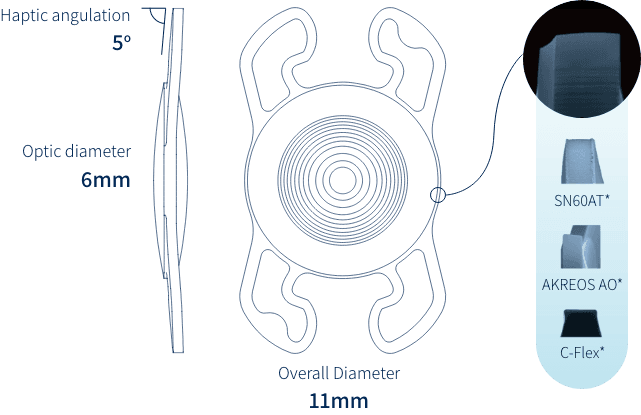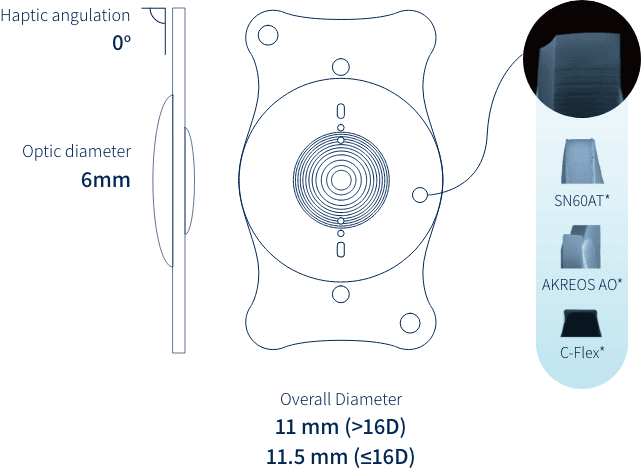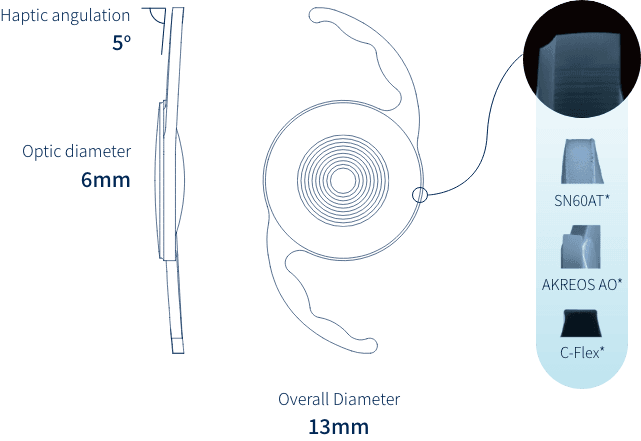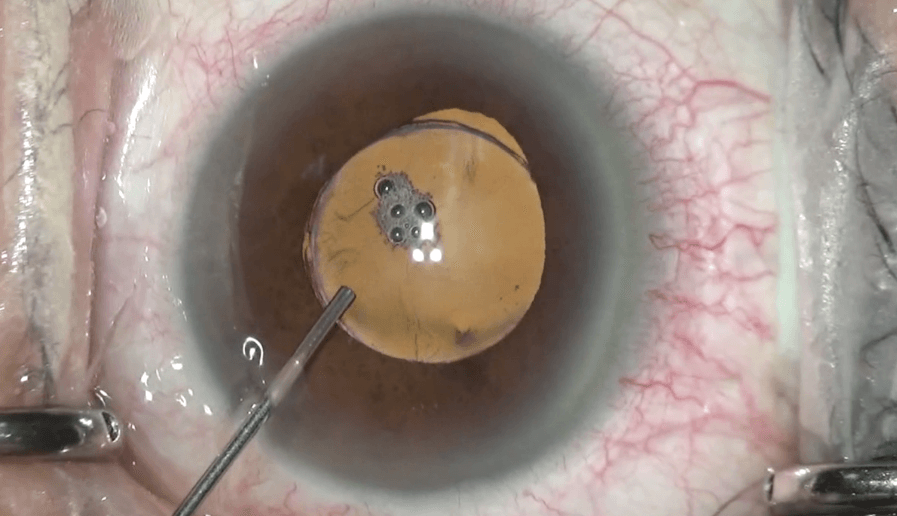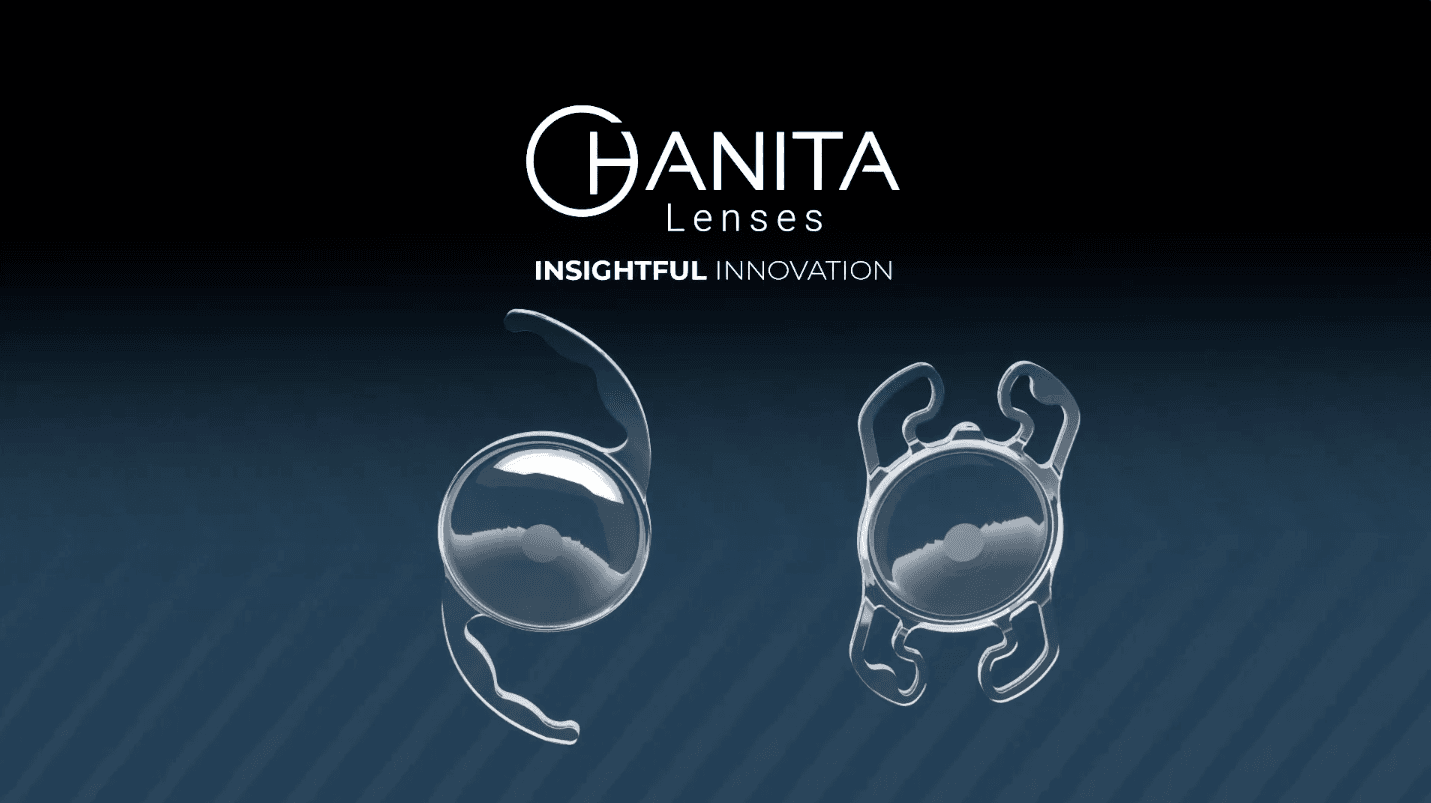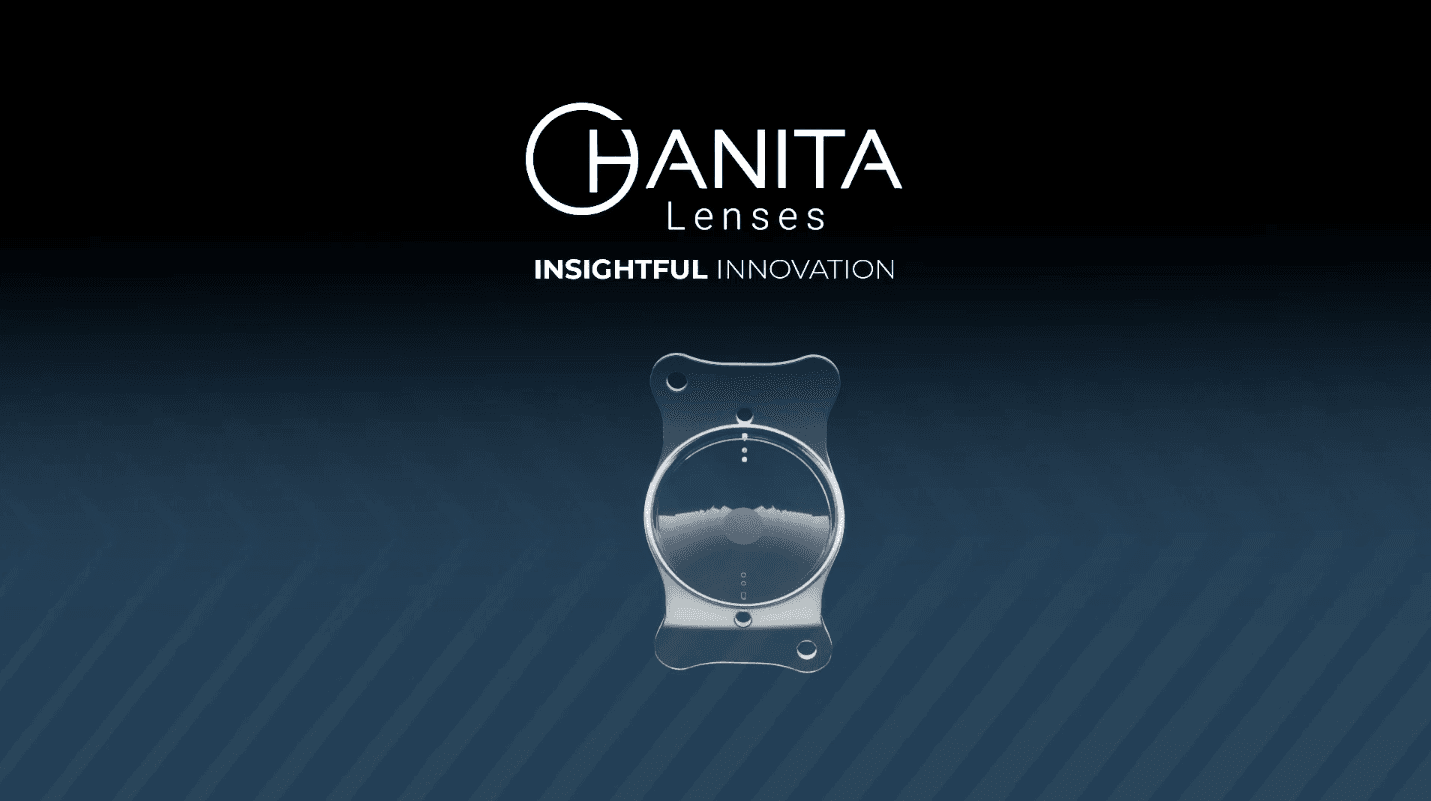Give your patients the freedom to
SEE BEYOND
with FullRange optics
Proven, highly-reliable and safe
• Lowest YAG rate
• Lowest intraocular straylight
• Excellent refractive accuracy
• Functional intermediate vision
FullRange optic lenses are proven, highly-reliable and safe intraocular implants designed to provide a solution for presbyopia while reducing known complications associated with refractive lenses.
Optic Design
Aspherical Multifocal Diffractive Apodized
Power Range
0.0 to +30.0 (0.5D increments)
+30.0 to +35.0 (1D increments)
For MF TR +15.5 to +30.0 (0.5D increments) /cylinder 1.0, 1.5, 2.25, 3.0, 3.75, 4.5
Addition Powers
+3.0, +2.25
Material
Hydrophilic acrylic with bonded UV absorber and violet light filter
Refractive Index
1.46 hydrated (35°c)
A - Constant SeeLens MF
118.6
A - Constant BunnyLens MF
118.5
A - Constant Toric MF
117.7
Surgeries Videos
Clinical Data
ADVANCED OPTICAL DESIGN
FullRange optic lenses were designed by world-leading diffractive optics designers using the most advanced algorithms to utilize the Apodized Aspheric-Diffractive profile of the FullRange optic, which has been clinically proven to provide clear and functional vision for all distances.
The state-of-the-art apodized diffractive surface provides visual functionality throughout the day – in photopic, mesoptic and scotopic conditions.
The FullRange optics lens offers a unique optic design that provides functional vision of above 0.2 LogMAR from 40 centimeters to infinity – allowing your patients to function in all ranges.
Due to its aspheric optical design profile, clinical results of the FullRange lens show superior contrast sensitivity leading to contrast sensitivity comparable to a monofocal IOL as presented by J.L. Alio at al. Contrast sensitivity function comparison between groups. It shows comparison of the postoperative contrast sensitivity function in both groups of patients under photopic and scotopic conditions. Alio J.L.; Clinical outcomes with a new microincisional diffractive multifocal IOL Eye and Vision (2015) 2:2 DOI 10.1186/s40662-015-0012-8





 BunnyLens MF
BunnyLens MF  VisTor MF Plate Haptic
VisTor MF Plate Haptic  SeeLens MF
SeeLens MF 